With February being Dental Health Month, it is a great time to review our past posts on dental health and care. Each week we will update this post with more information about the importance of dental care, what to do to improve your pet’s oral hygiene, etc.
February 1, 2022
Let’s begin this month with our dental quiz! How much do you know about oral health for your pet? Click the link below, answer the questions and find out instantly how you did. Then meet as back here next week for more info!
February 7, 2022
It’s week 2 and the tally is in from those who took the dental quiz – did
you do it? How did you fair? Here are the results from 248 respondents:
Out of a possible 14 points, the average was 9. Our first question – What
percentage of pets over age 3 have dental disease? – stumped more than half.
Only 44.8% got the answer correct. 80% of pets over age 3 have some level of
dental disease! That question and answer alone should hopefully make people
very aware of how important their pets oral care is.
We are super happy to report that 91.9% were aware that dental disease
causes pain. As bacteria builds up in the mouth eventually plaque, then tartar
forms on the teeth. Gums bleed and separate and the decay moves under the gums.
All of this decay of the teeth make the mouth very sore! Until a
dental surgery is performed, and the teeth can be cleaned above and below the
gums as well as removing any unhealthy teeth, the pain will not go away.
Untreated dental disease spreads throughout the body leading over time to heart
and kidney disease. (Which happily, 91.1% of respondents were aware of this).
The question that stumped people the most was ordering the progression of
dental disease.
__1__ Clean, healthy teeth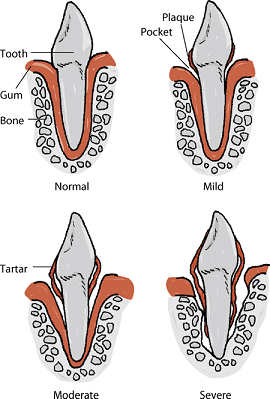
__2__ Plaque accumulation
__3__ Gum inflammation (gingivitis)
__4__ Tartar build-up
__5__ Gum separation (periodontitis)
The challenge for many was knowing where tartar build up fell into the mix wondering if it came before the gums became inflamed. Plaque accumulation and gingivitis can occur almost simultaneously, so if you couldn’t decide which of these two went first you are essentially correct either way. Then tartar build up will occur after gingivitis.
To see all the answers from the quiz and learn more check it out here.
https://albertnorthvetclinic.wordpress.com/?s=dental+quiz
February 14, 2022
It’s our 3rd week of dental month. A great time to review brushing and how teaching your pet to have their teeth brushed can help immensely in their overall hygiene, reducing the need for surgical cleanings and extractions, or at the very least increasing the time needed between these procedures.
A few years ago we put together this video on brushing your pet’s teeth. Registered Veterinary Technologist, Brianna, does a wonderful job of teaching you how to do the same with your pet in just 4 easy steps. Be it cat or dog, both can learn to like dental brushings!
February 22, 2022
It’s the 4th and final week to dental month! Can you believe the month is almost over already?!? We hope you have learned a lot so far. For this final week we will be sharing a previous blog post we wrote and another video.
First the blog post: Dental Health is So Very Important This post talks about the general makeup of the teeth, the reason to not hand scale, and what brushing does and doesn’t do!
Next check out our video of a surgical dental procedure to see what is done in the process.
All in all, I think we can agree it is important to care for our pet’s teeth. The thought use to be that you didn’t need to, after all wolves don’t care for their teeth and chewing bones etc is sufficient. The reality is wolves often have rotten and broken teeth. Dental care is a great way to help ensure your pet stays healthy, isn’t in pain and discomfort and will help to lead to a long happy life!


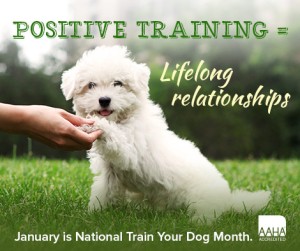
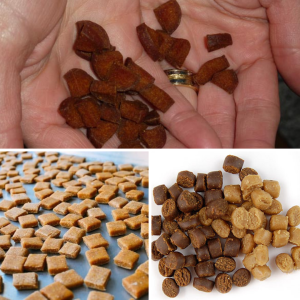

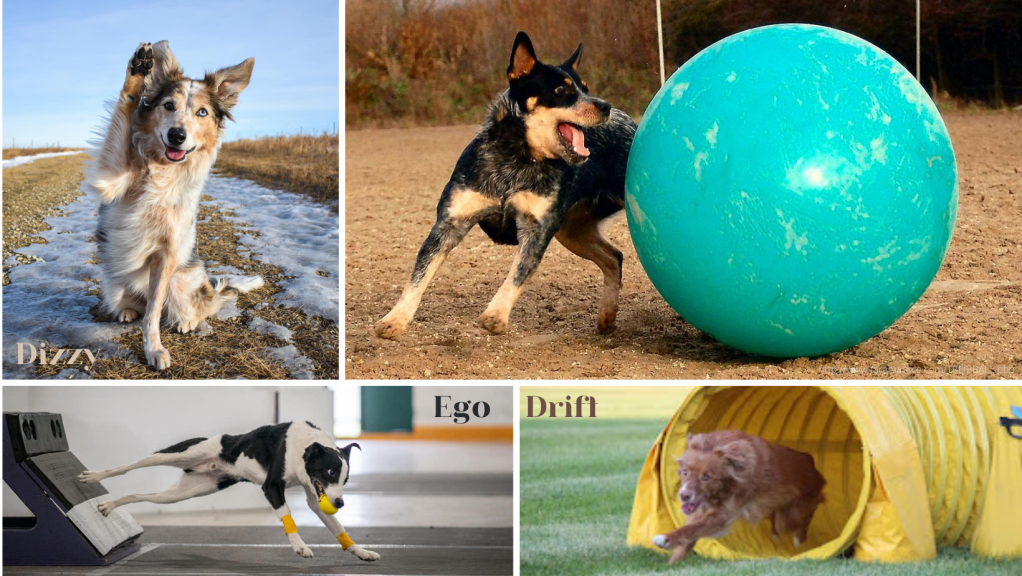


 Cartoons about medicating your cat, then needing to go to the hospital are funny…until you can relate! My story isn’t one of injury, but rather I am the one who, after trying to medicate my cat, now either needs to
Cartoons about medicating your cat, then needing to go to the hospital are funny…until you can relate! My story isn’t one of injury, but rather I am the one who, after trying to medicate my cat, now either needs to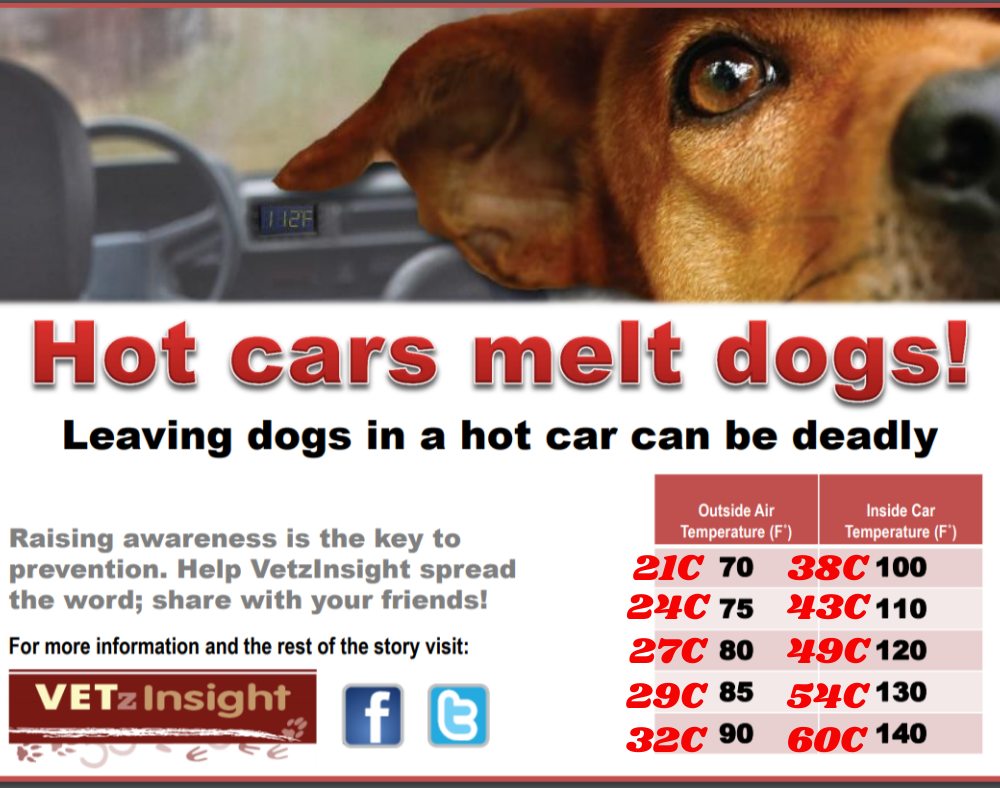
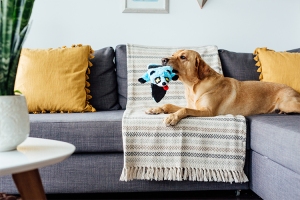
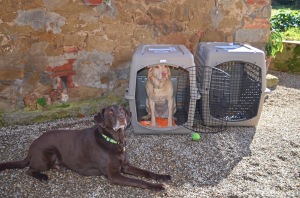
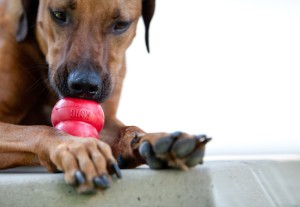
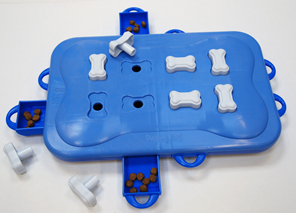


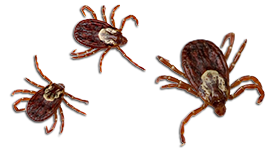


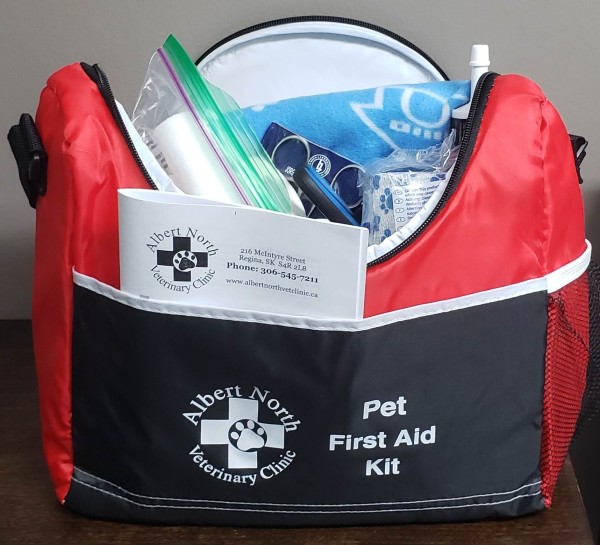
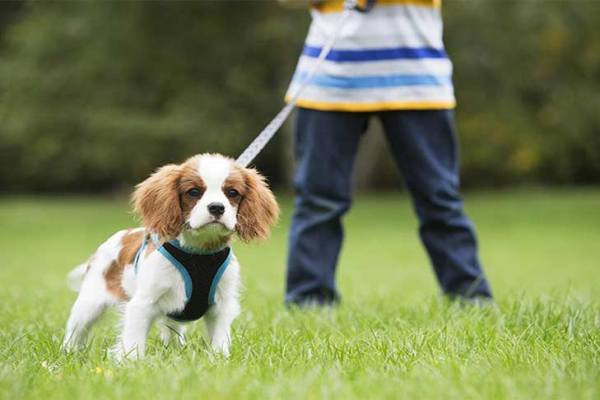
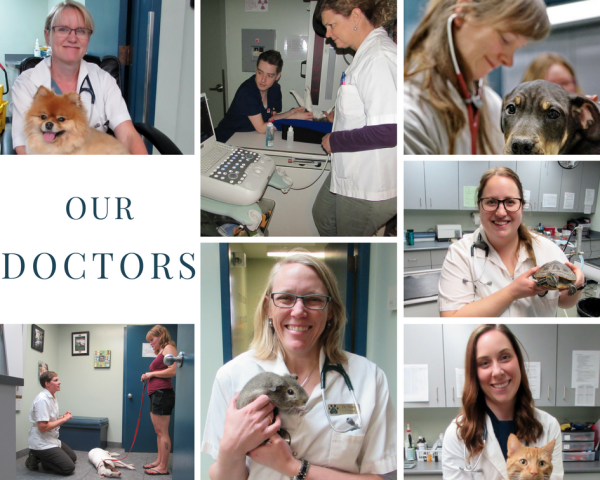 I am writing this blog post in honour of the 7 fabulous vets I work with. I have worked at
I am writing this blog post in honour of the 7 fabulous vets I work with. I have worked at 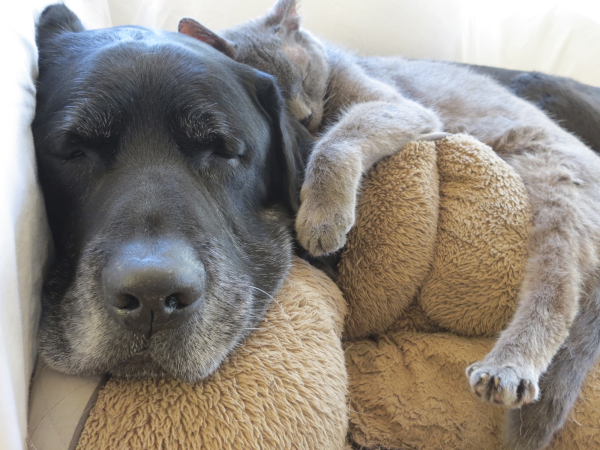

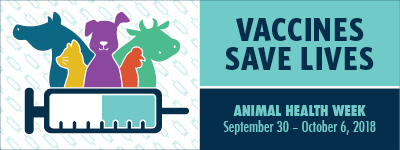
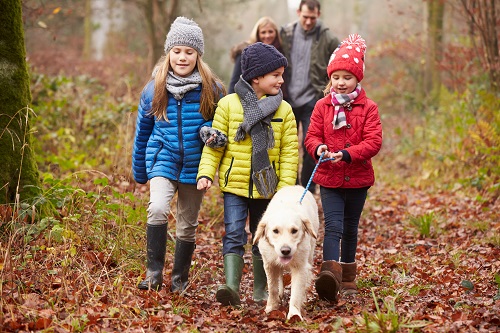
 working to educate on the importance of annual preventative health exams. Having your pet seen annually can be especially helpful if your pet gets sick or as your pet ages.
working to educate on the importance of annual preventative health exams. Having your pet seen annually can be especially helpful if your pet gets sick or as your pet ages.
